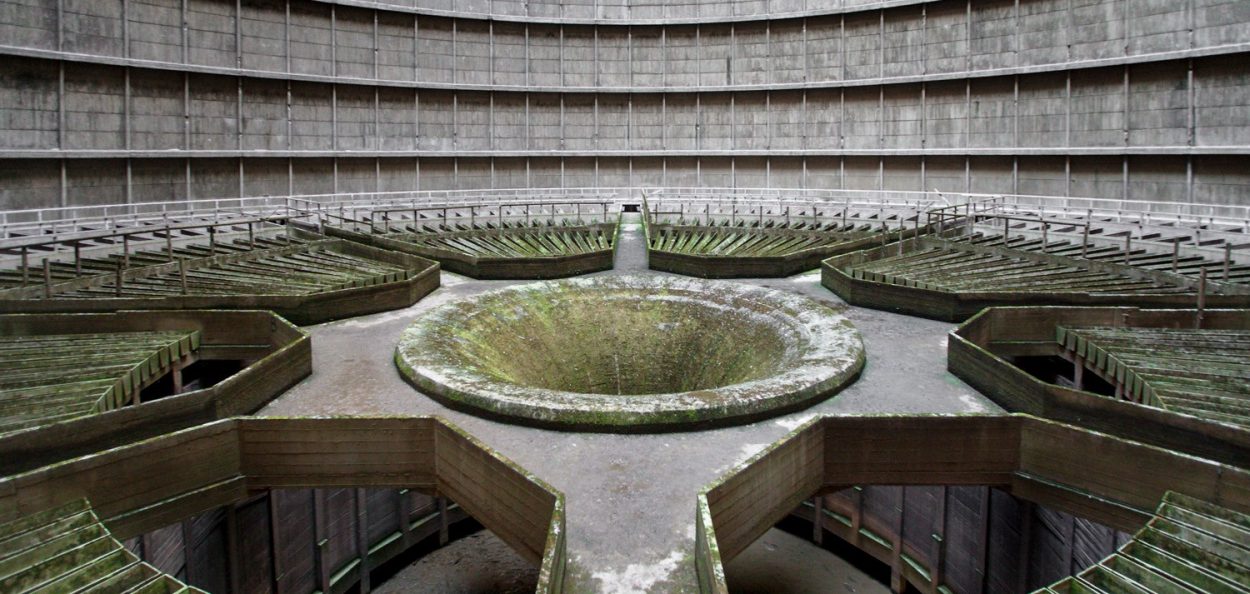

Renovation isn’t as simple as a quick fix, however. Composed of historic baths and springs, the Halls have nevertheless fallen into disrepair. One key example of the renovation challenge is presented by the art deco Hall of Waters in Excelsior Springs, Missouri. As the Smithsonian magazine outlines, even remarkably historic and famous buildings are under threat. Most urgent on the list of architectural tasks for the American public is the preservation of its most at-risk historic buildings.

According to NPR, historic buildings fight against development, climate change and neglect, and only determination will stop them from being lost to time. This is not an automatic process, however to the contrary, the work of the NTHP relies on the vigilant work of interested citizens. Until 1987, protecting these sites was a difficult task however, as one National Public Radio (NPR) feature highlights, the introduction of the National Trust for Historic Preservation (NTHP) has led to just 5% of historic nationwide properties undergoing serious decline. So perhaps there's hope for the Berlin airport after all.America has an astonishing array of fantastic architecture, often designed for business, despite its relatively short history. The Ulm Cathedral is now venerated as a masterpiece of architecture. The building was finally completed in 1890 after dragging on for 513 years - many of which were spent in limbo. In the mid-19th century, a resurging interest in the Middle Ages helped change hearts and minds. It took another 300 years until construction was picked up again where it had been left off. In addition to changing attitudes and tastes, the project was also lacking the funds for further development. The teachings of the Lutheran church were at odds with such Catholic opulence, resulting in all construction coming to a halt in 1543. In 1531, Ulm became Protestant, resulting in an overall rejection of the Catholic construction. With the structural analysis not looking promising, the original designs were later abandoned instead of completing the tower, builders settled on an improvised rooftop. The reason for that was that as time progressed, it became clear that the soil wouldn't be able to carry the massive tower. Not much of the edifice corresponds to the original blueprints. With countless architects and builders getting involved in the project, the church started to take on a life of its own.

It is unclear how many people have worked at the site throughout the centuries, but they must all have realized that they would not slive to ee the day of completion. Popular among tourists and locals alike, it took more than half a millennium to have the cathedral built.Ĭonstruction for the church started in 1377 and only ended in the late 19th century, at which point it was the world's fourth tallest structure. The Ulm Cathedral boasts the world's tallest church tower, and its design looks like there's little else to it than the monumental Gothic tower. Some edifices in Europe took more than 500 years to build. Many think that Berlin has become a laughing stock on account of the dragging progress however, a decade of construction seems almost negligible when compared to some other historic buildings. It's been 10 years since the foundation of the new complex was first laid but construction still continues - with no end in sight. Think of the Berlin Airport, for instance. There are some building sites that seem to go on forever.


 0 kommentar(er)
0 kommentar(er)
